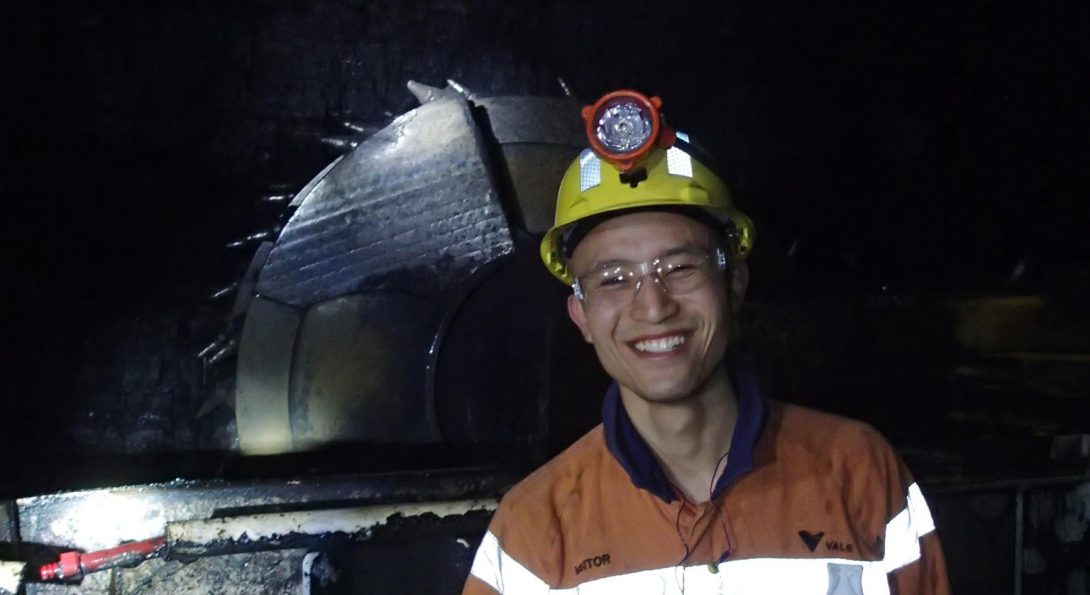Alpha Foundation 1

Alpha Foundation for the Improvement of Mine Safety and Health, Inc.
Project I – Clarifying Distribution, Trends, and Determinants of Adverse Health in United States Miners: Exploration and Integration of Existing Data Systems and Clinical Material
Multiple federal and state agencies collect data on the health of coal miners, however, a comprehensive assessment of the totality of these datasets has not been performed. The objectives of this research project were to evaluate, analyze, and integrate data from federal and state agencies to study determinants of miners’ risk for respiratory and cardiovascular diseases.
We evaluated the following datasets:
- US Department of Labor, Office of Workers’ Compensation, Division of Coal Mine Workers’ Compensation, Federal Black Lung Program (FBLP)
- National Institute of Occupational Safety and Health (NIOSH) Coal Workers’ Health Surveillance Program (CWHSP)
- Mine Safety and Health Administration (MSHA)
- national population-based surveys
- and state workers’ compensation data
Main findings:
- We found that average lung function measurements in miners filing for FBLP benefits have improved since the passage of dust control regulations, but during the same period, the prevalence of severe pneumoconiosis including progressive massive fibrosis (PMF) appears to have worsened. The highest prevalence of advanced coal workers’ pneumoconiosis (CWP) and PMF was seen among younger former miners and those who had worked only after implementation of dust regulations in 1970.
- Analysis of national surveillance data from the CWHSP showed a relationship between the category of simple pneumoconiosis on chest radiographs and declines in lung function, indicating that simple pneumoconiosis is not a benign condition.
- Investigation of state-based data from Illinois showed a higher rate of workers’ compensation claims for cardiopulmonary disease in miners compared to non-miners. The number of cardiopulmonary claims were fewer in large mine operations, and those in which there was a safety committee present.
- Data from national and state-based surveys showed high rates of smoking and other forms of tobacco use in extraction workers compared to other workers, an important consideration in these workers exposed to occupational respirable dust.